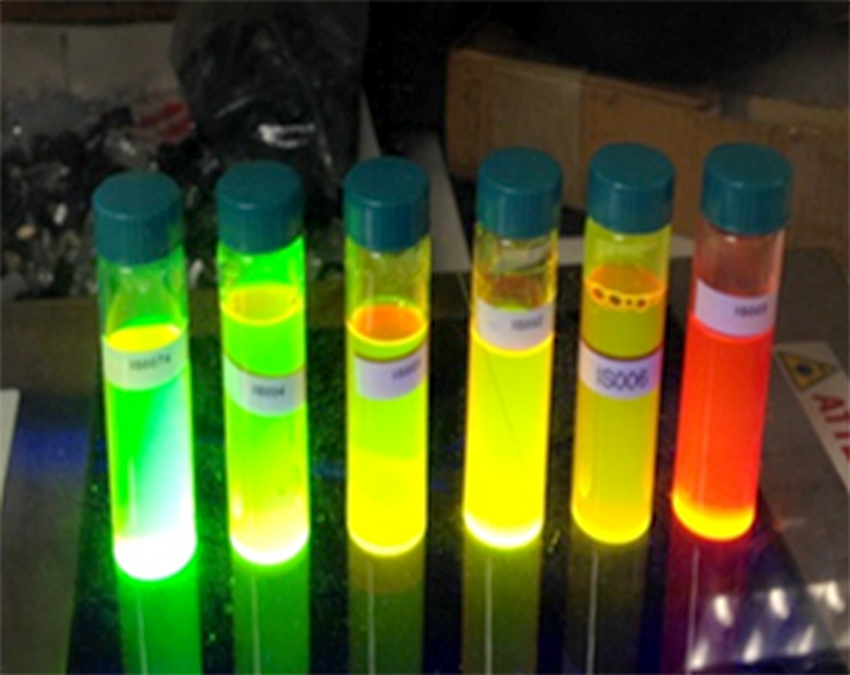Isotopically labeled nanoparticles: towards a better understanding of contamination mechanisms in aquatic environments
Manufactured nanoparticles (MNPs) are used in many everyday consumer products, thanks to their exceptional chemical, optical, magnetic or mechanical properties (as bleaching agents in paints or food products, as antibacterial agents, as UV absorbers in sun creams, to improve the color and brightness of illuminated displays or in solar panels, etc.).

Publication date: 15/04/2019
Press, Research
Related teams :
Environmental Biogeochemistry
Related themes : Earth System Science








